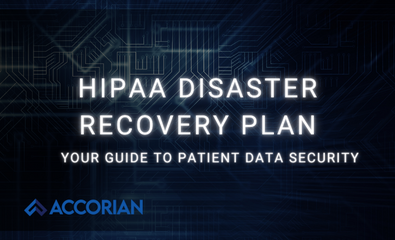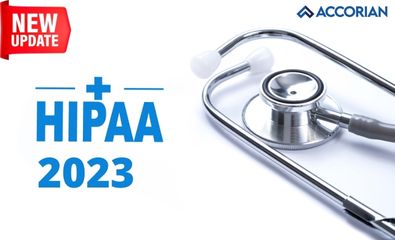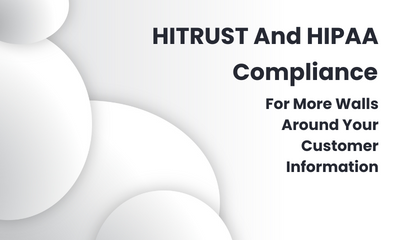Category: HIPAA
In the dynamic cybersecurity landscape, 2023 statistics reveal an alarming 53% of incidents targeted healthcare providers, emphasizing the need to protect sensitive patient data under the Health Insurance Portability and Accountability Act (HIPAA) 1996. HIPAA, a cybersecurity cornerstone, mandates compliance and safeguards for Protected Health Information (PHI). Beyond data protection, it underscores HIPAA disaster recovery […]
December 12, 2023
Written By Vigneswar Ravi & Vignesh M R II The Latest on HIPAA Compliance HIPAA Compliance will be undergoing significant changes, this year in 2023, which you need to be aware of. But, let’s look at its history before we get into the upcoming changes in the HIPAA Privacy Rule. The United States established HIPAA […]
March 15, 2023
HITRUST And HIPAA Compliance Helps Organizations Create More Walls Around Their Customer Information
Cybercriminals are often attracted to the data held by healthcare companies. Patient data, banking information, and other personal identifying information (PII) are gathered by healthcare organizations, forming rich collections of data. With such comprehensive data sets, cybercriminals are more frequently targeting healthcare providers and their service providers, sometimes resulting in significant losses. Ransomware is a […]
December 15, 2022
If there is a central key aspect of healthcare security, it is HIPAA. The Health Insurance Portability and Accountability Act of 1996 changed the way healthcare providers increased the security of patient data and information. Every person that works in healthcare, from the front desk person to a brain surgeon, learns exactly what HIPAA is […]
February 5, 2021
Telehealth is the distribution of health-related services and information via electronic channels allowing long-distance patient and clinician contact, care, advice, reminders, education, intervention, monitoring, and remote admissions. There has been a many fold increase in the adoption due to COVID 19 and patients being unable to travel to meet doctors. It is important to understand […]
September 15, 2020





